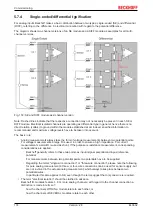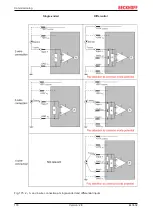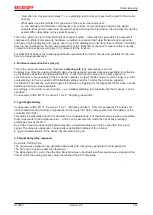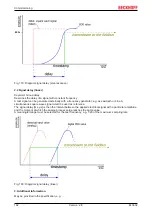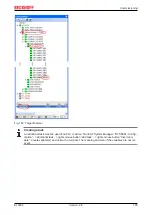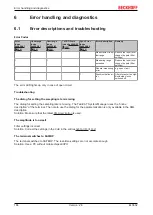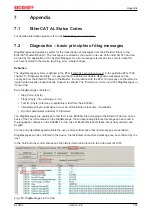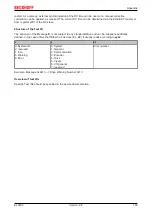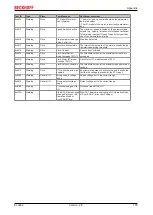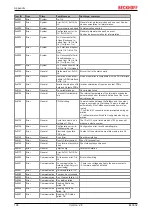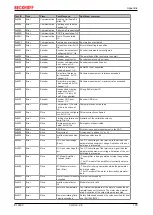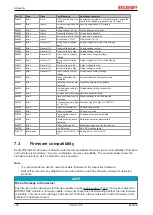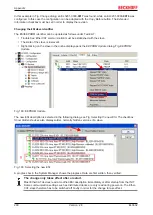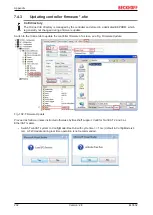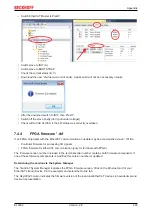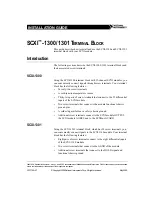
Appendix
EL3632
188
Version: 2.8
The subindex of the latest
DiagMessage
can be read under x10F3:02.
Support for commissioning
The DiagMessages system is to be used above all during the commissioning of the plant. The diag-
nostic values e.g. in the StatusWord of the device (if available) are helpful for online diagnosis dur-
ing the subsequent continuous operation.
TwinCAT System Manager implementation
From TwinCAT 2.11 DiagMessages, if available, are displayed in the device’s own interface. Operation
(collection, confirmation) also takes place via this interface.
Fig. 184: Implementation of the DiagMessage system in the TwinCAT System Manager
The operating buttons (B) and the history read out (C) can be seen on the Diag History tab (A). The
components of the message:
• Info/Warning/Error
• Acknowledge flag (N = unconfirmed, Q = confirmed)
• Time stamp
• Text ID
• Plain text message according to ESI/XML data
The meanings of the buttons are self-explanatory.
DiagMessages within the ADS Logger/Eventlogger
Since TwinCAT 3.1 build 4022 DiagMessages send by the terminal are shown by the TwinCAT ADS Logger.
Given that DiagMessages are represented IO- comprehensive at one place, commissioning will be
simplified. In addition, the logger output could be stored into a data file – hence DiagMessages are available
long-term for analysis.
Reading messages into the PLC
- In preparation -
Interpretation
Time stamp
The time stamp is obtained from the local clock of the terminal at the time of the event. The time is usually
the distributed clock time (DC) from register x910.
Please note: When EtherCAT is started, the DC time in the reference clock is set to the same time as the
local IPC/TwinCAT time. From this moment the DC time may differ from the IPC time, since the IPC time is
not adjusted. Significant time differences may develop after several weeks of operation without a EtherCAT

